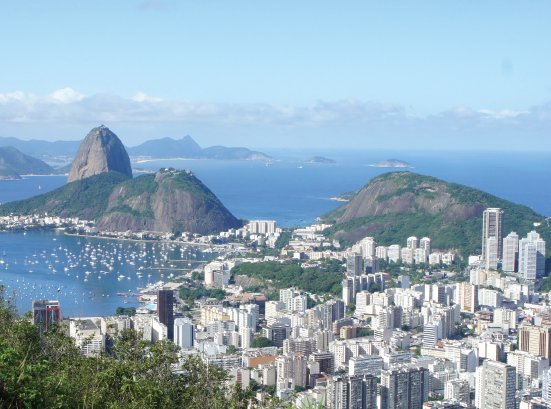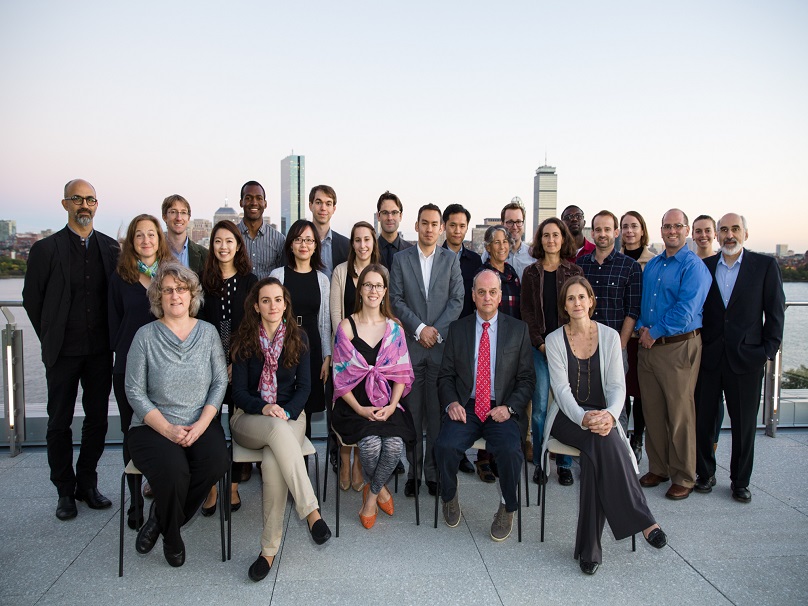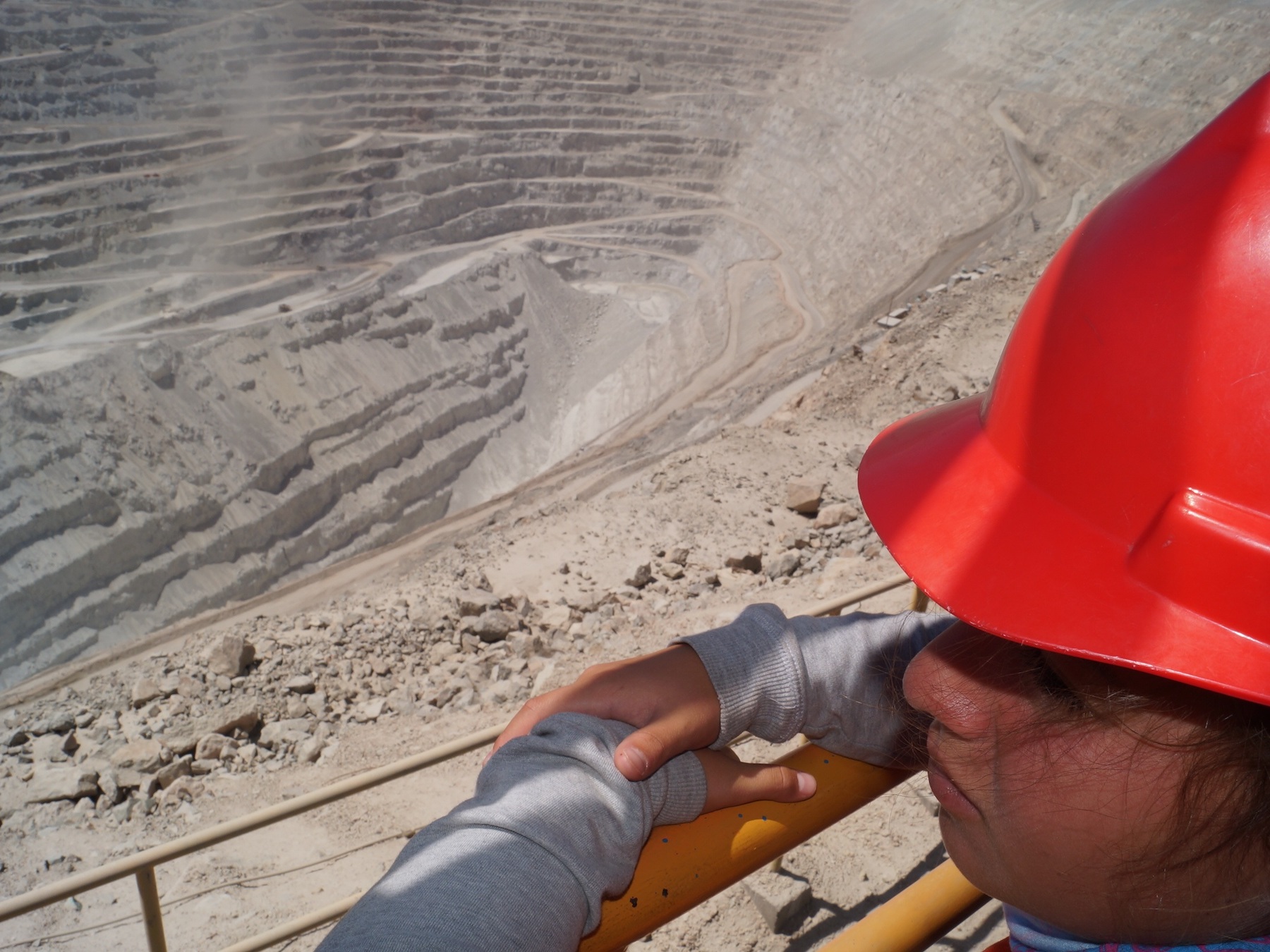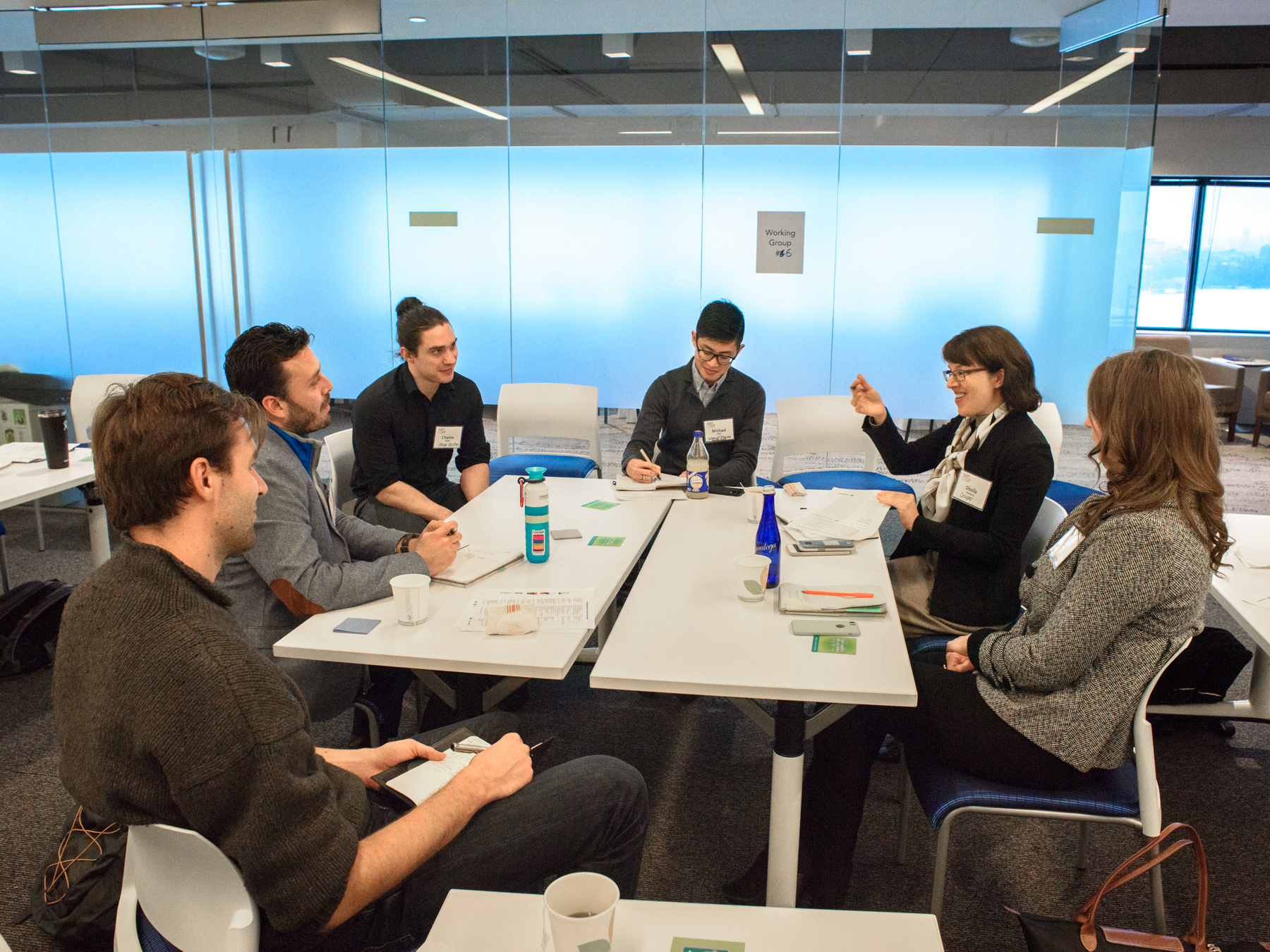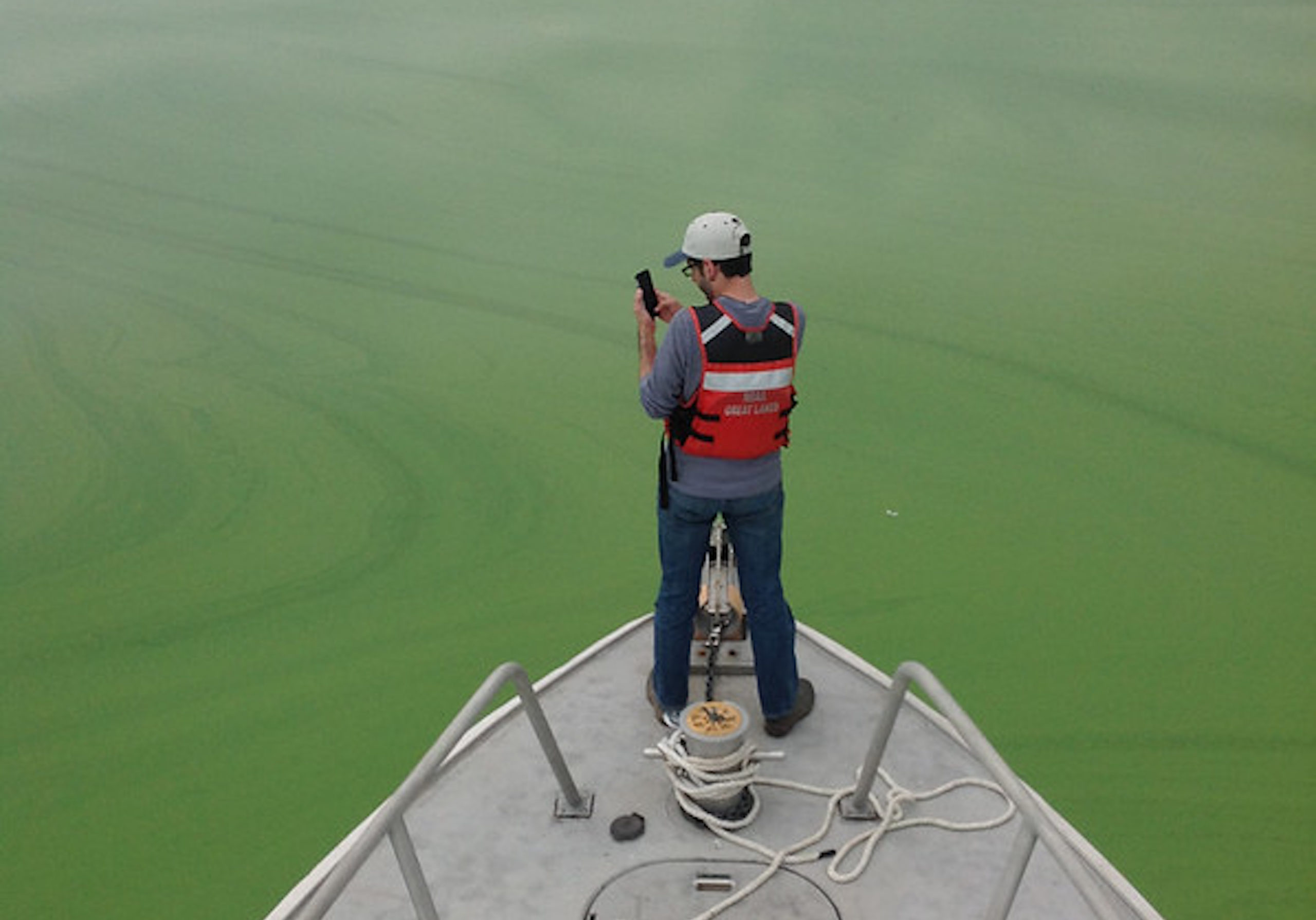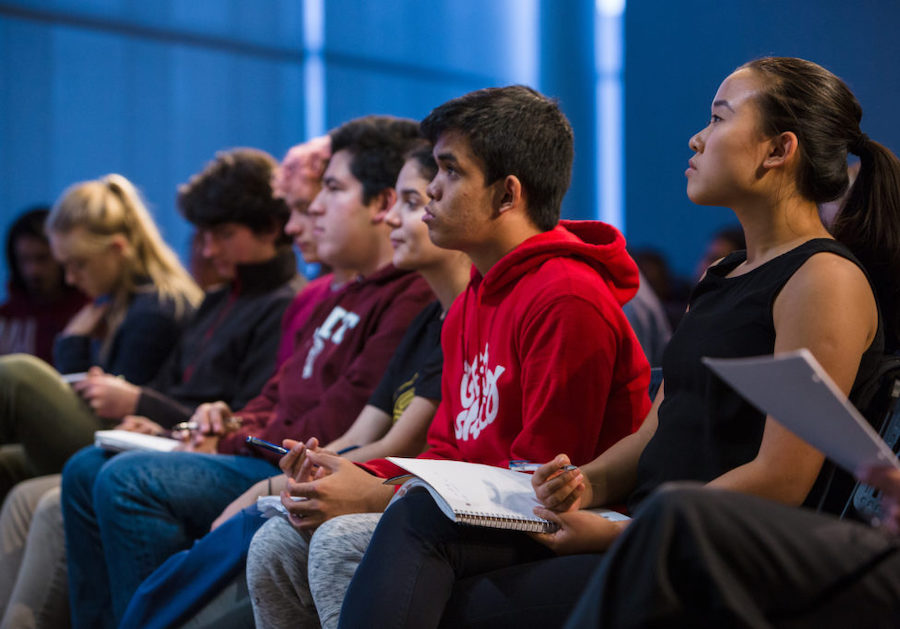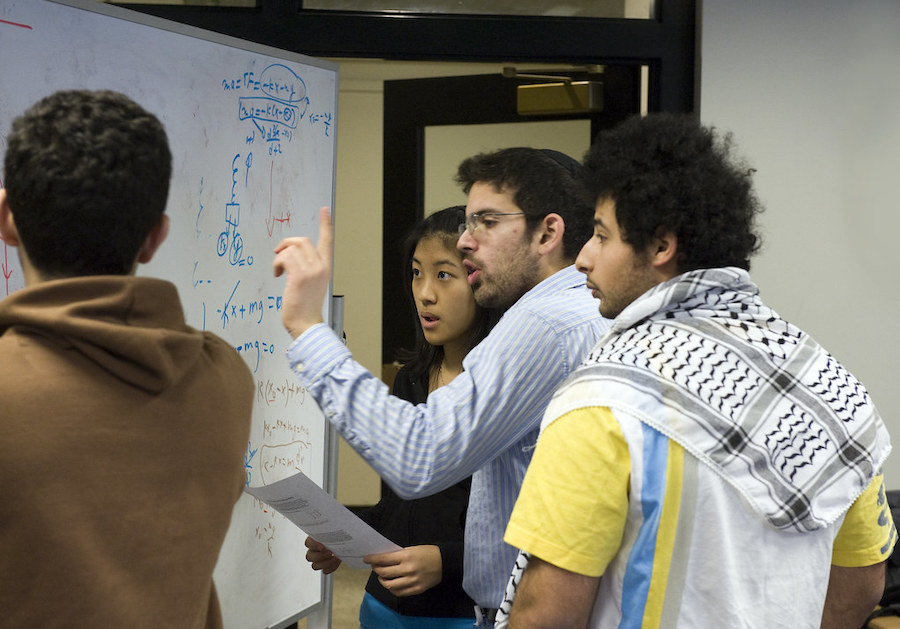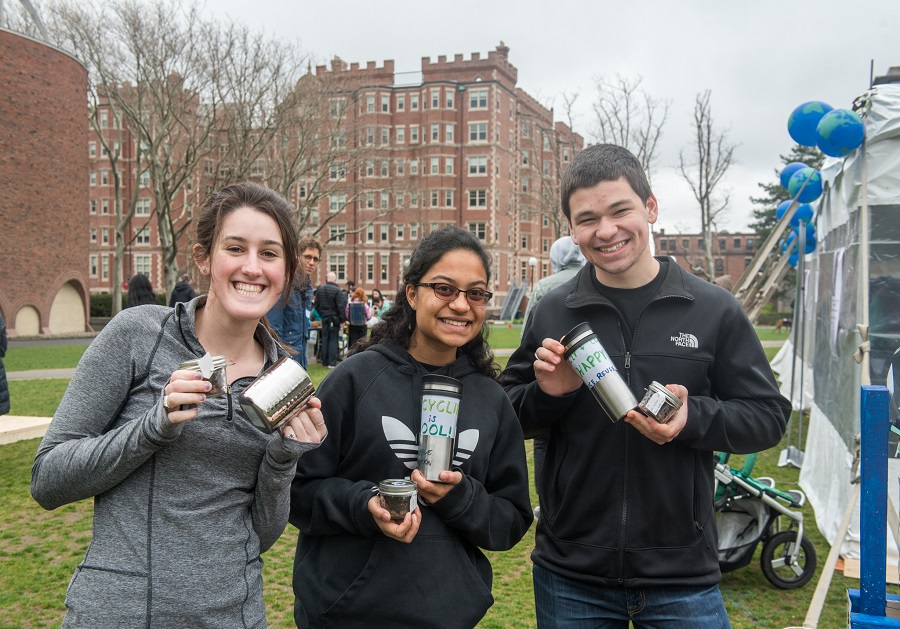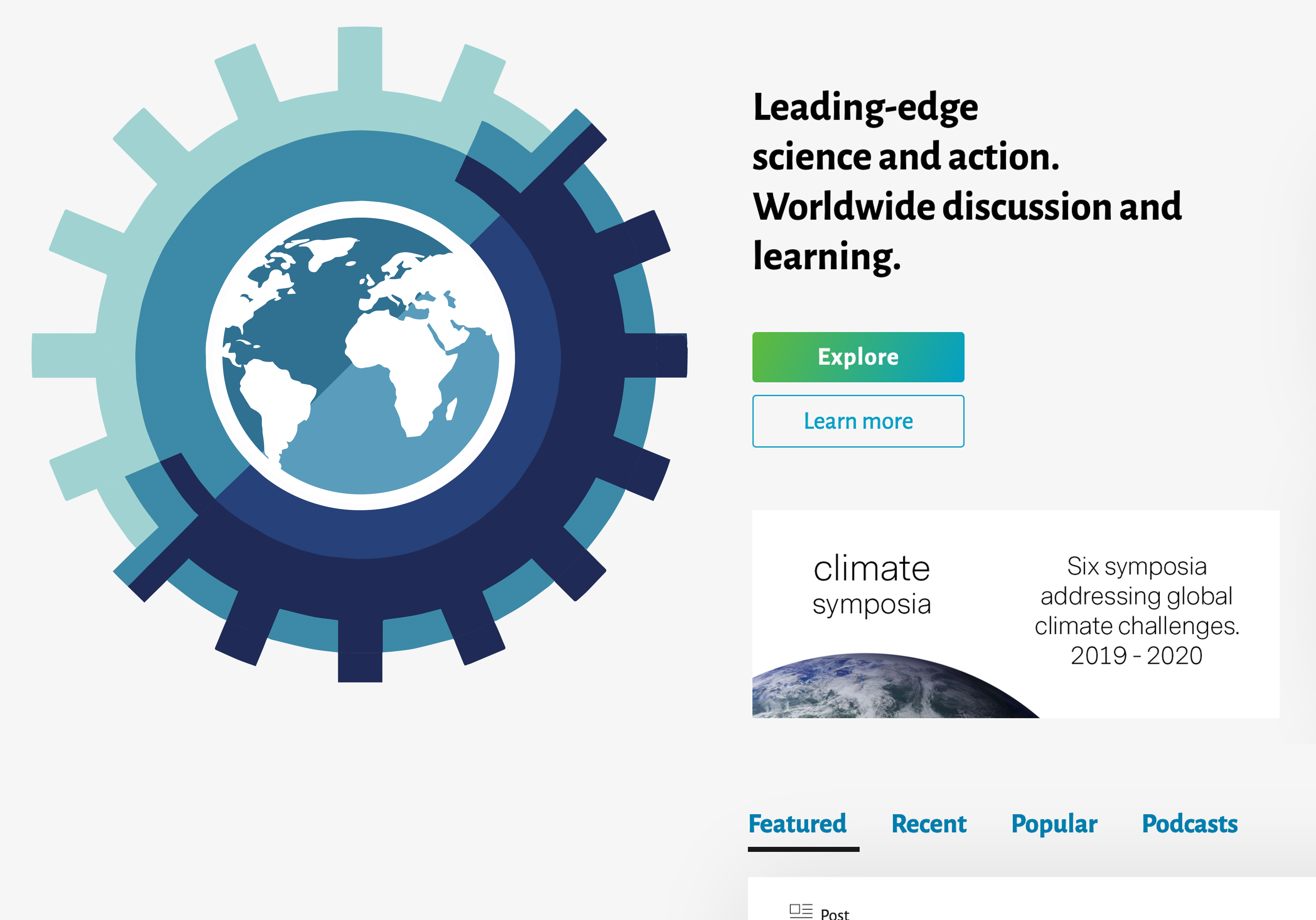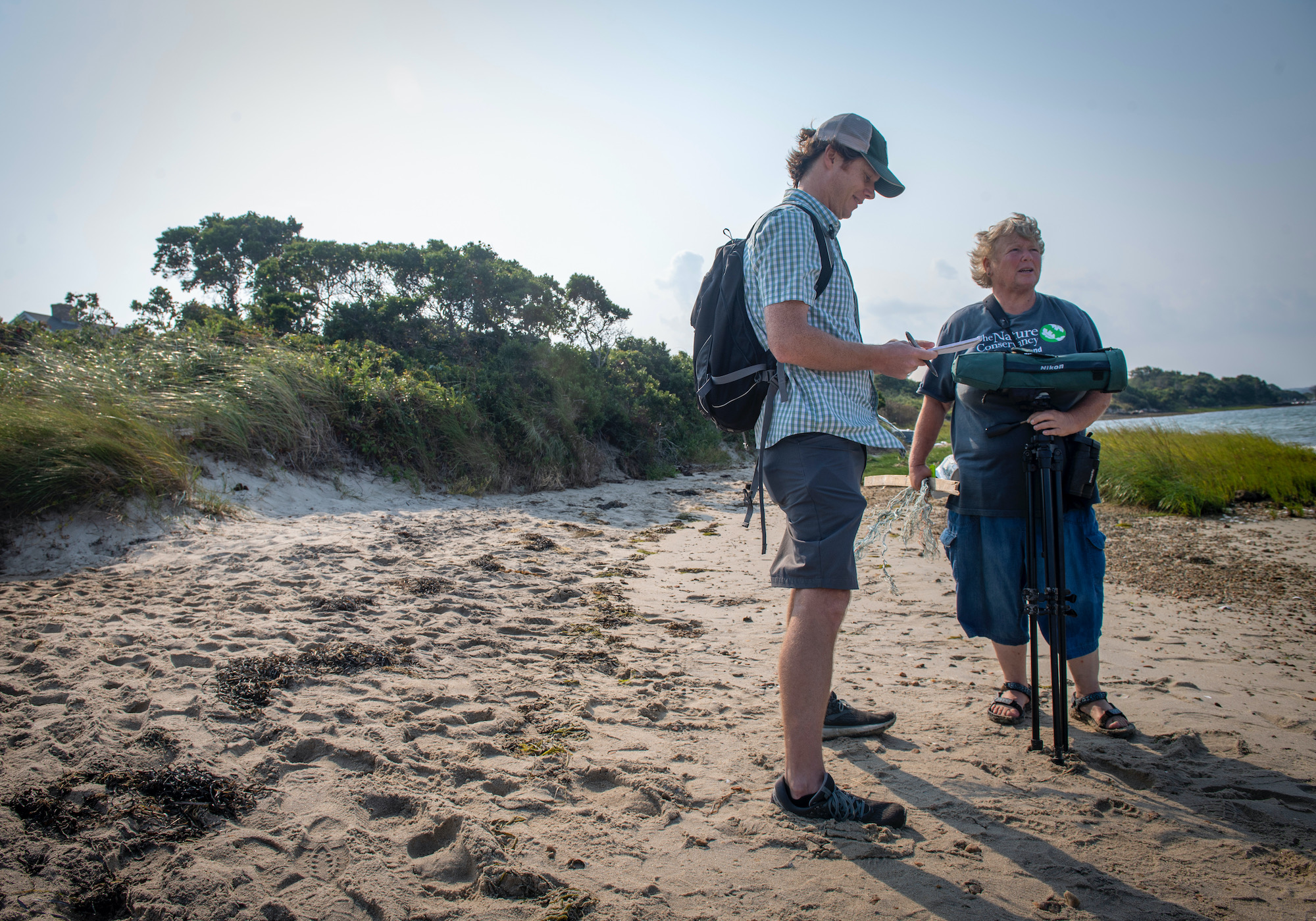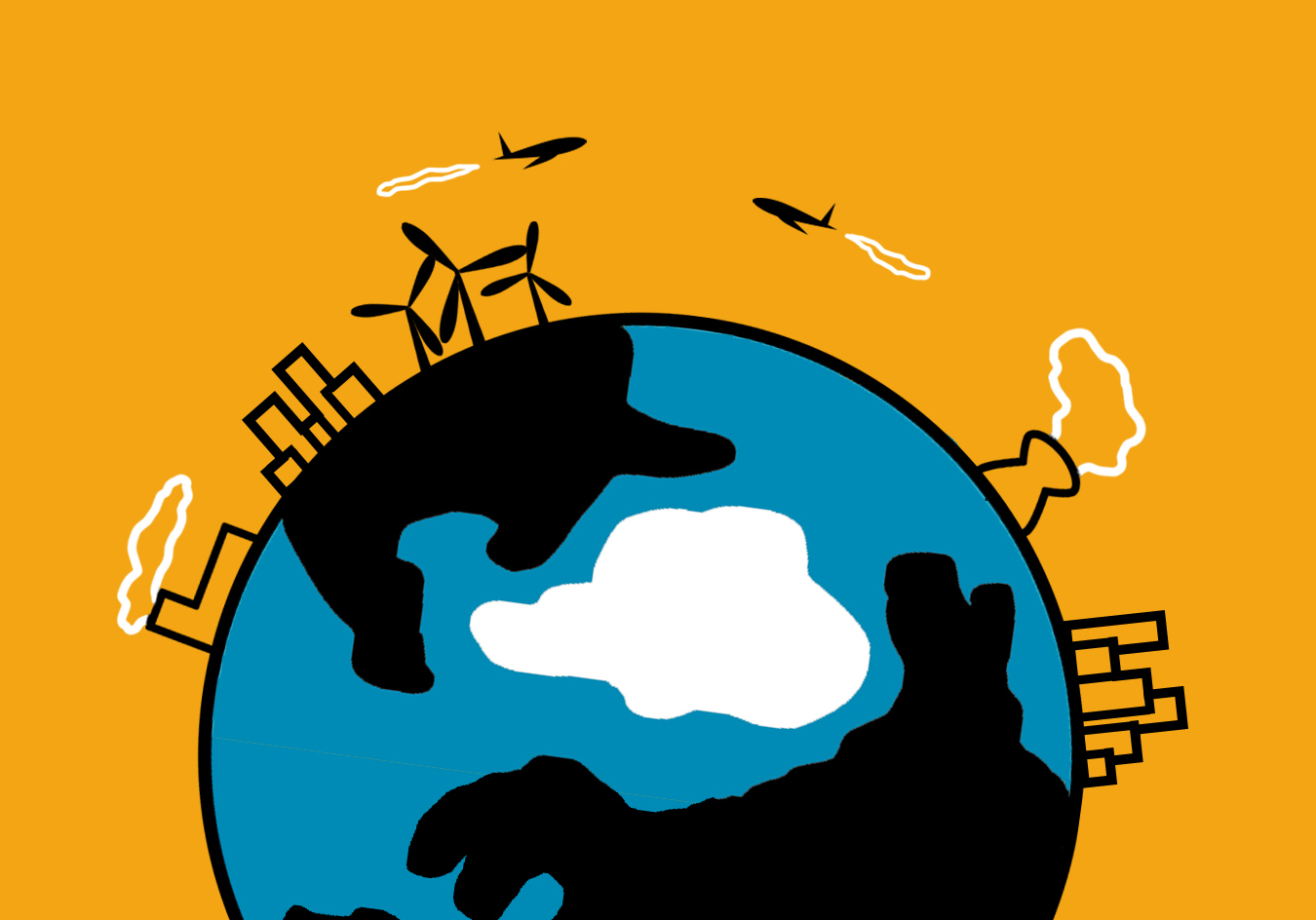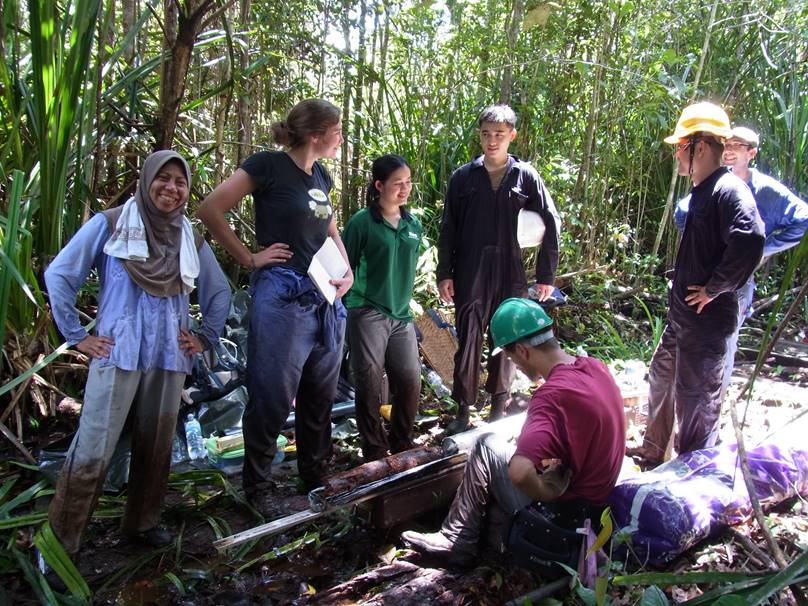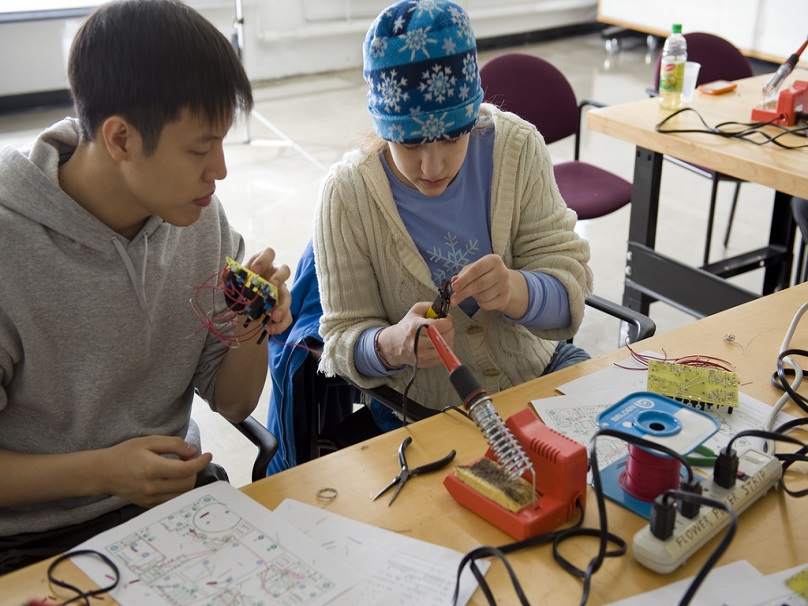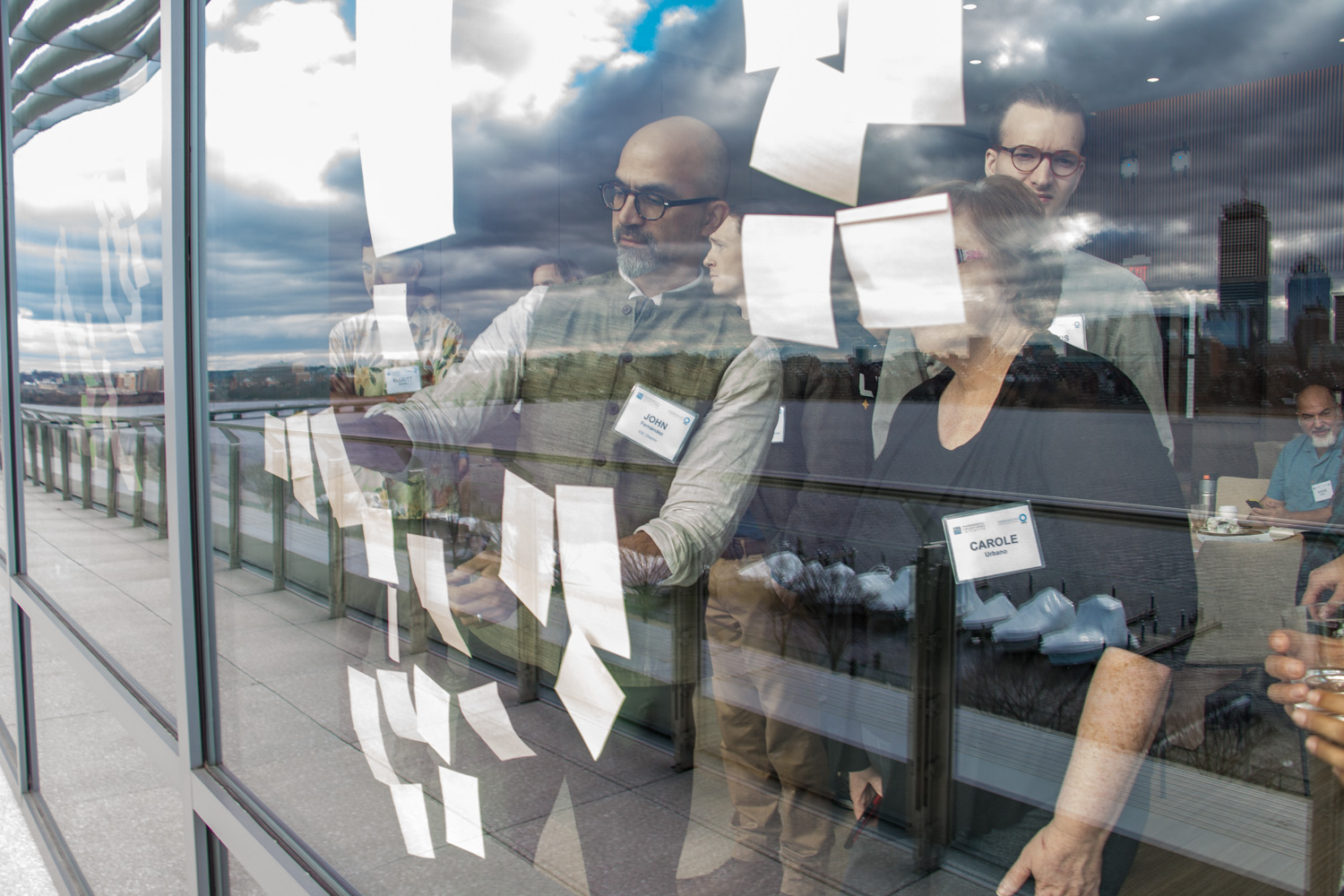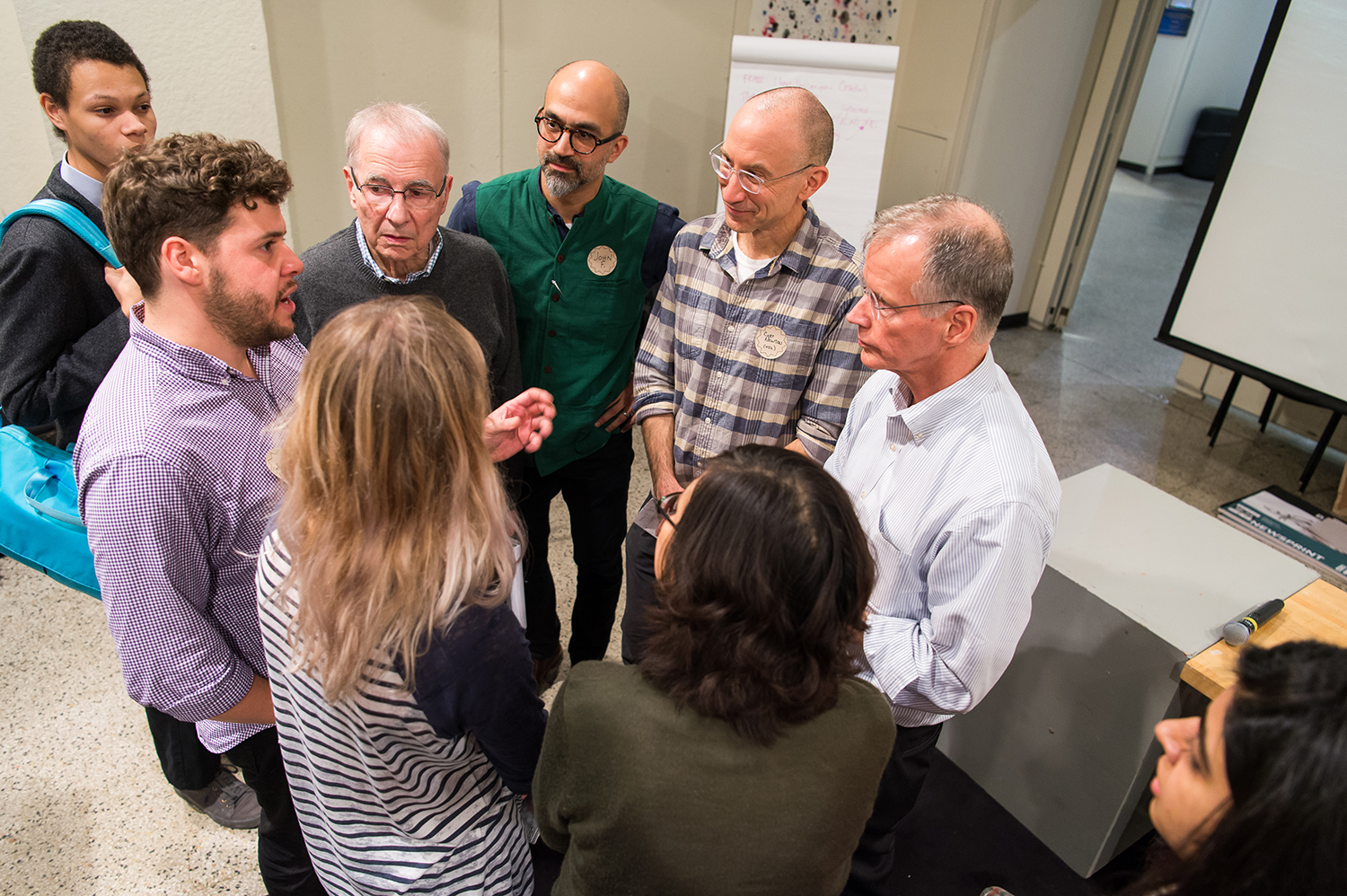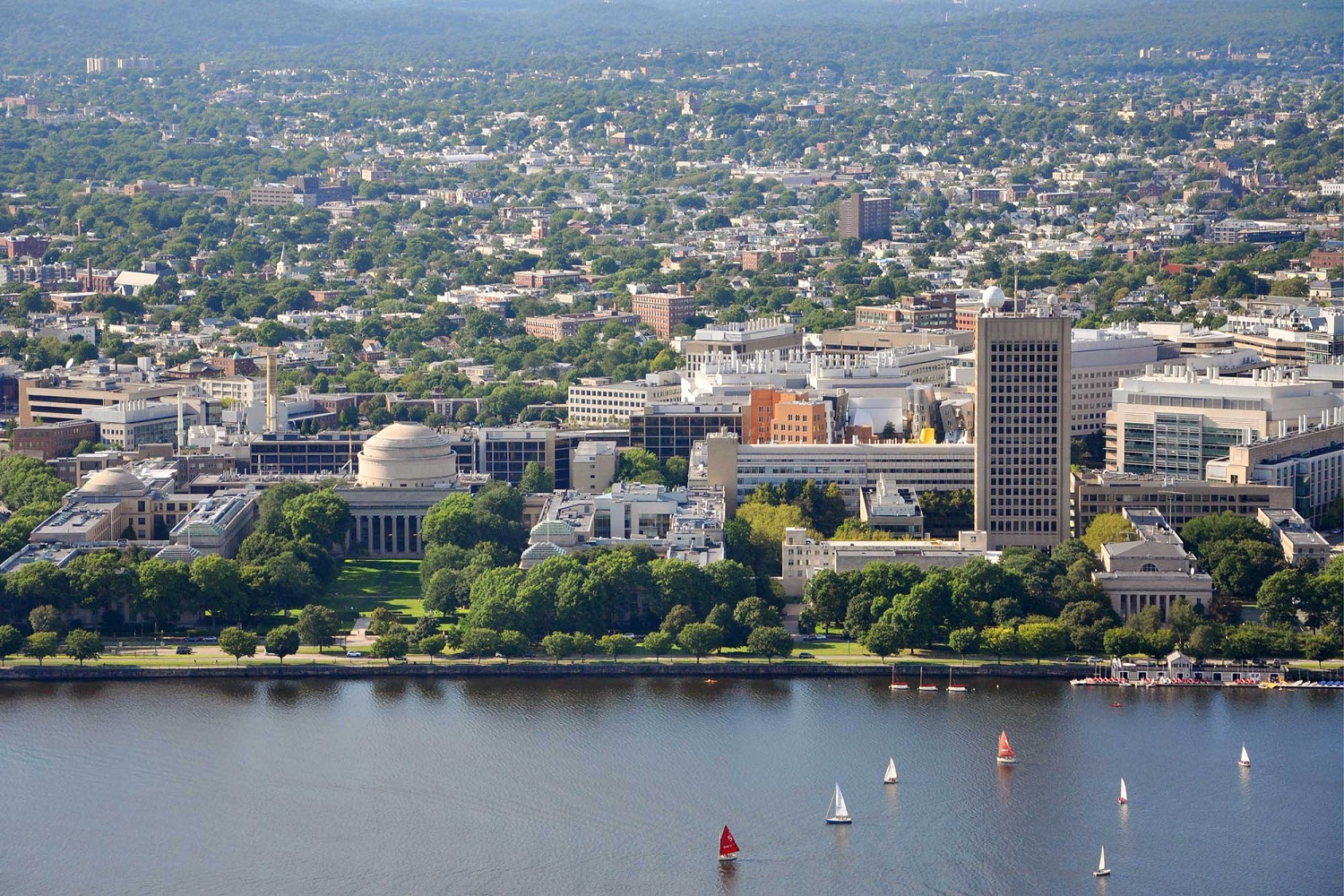Menu
ESI Stories
Letter from the Director: November 2017
 An early dispatch from Bonn Germany where I am attending the first week of climate talks of the 23rd Conference of the Parties (COP23).
An early dispatch from Bonn Germany where I am attending the first week of climate talks of the 23rd Conference of the Parties (COP23).
From my point of view the most important observation so far is that the Paris Agreement is holding fast. Possibly the strongest evidence of this is to be found in the administrative fervor of this week’s activities focused on developing the ‘rule book’ for delivering on the commitments made in Paris. So, the machine of the United Nations Framework Convention on Climate Change (UNFCCC) continues its work with national delegations including the US. In fact, the agreement is stronger by one more signatory this week. It seems that Syria and Bashar al-Assad, now refreshed from the ebbing away of one existential threat seem empowered to join the international community in addressing another. As regularly noted by many, climate change knows no national boundaries.
Of course while the agreement is robust, the situation could not be more different than during COP21 in Paris, December 2015 and even COP22 in Marrakech, November 2016 – and I’m not just referring to last year’s US presidential election.
Three days before last year’s Earth Day, the Mauna Loa observatory recorded the first instance of 410 parts per million of atmospheric carbon dioxide. So, it’s no surprise that 2017 looks like it is going to be one of the three warmest years on record; the extent of Arctic sea ice decreased to a record low (8th lowest on record); and 95% of the coral comprising the Great Barrier Reef in Australia was found to be bleached and about half is now considered ‘dead’. Scientists across the world are becoming more emphatic and certain about the strong likelihood of an increase in catastrophic storms, unprecedented rates of precipitation, forest fires, heat waves and more. It is now widely appreciated that the climate has already changed significantly and will continue to do so by way of all of the already banked human produced carbon dioxide emissions in the atmosphere. One of the differences in a year’s time is the increased rate at which all of these consequences are progressing.
And yes, the political climate has also changed. While 25,000 people spend two weeks here in Bonn, on the other side of the world one pair of leaders spent 36 hours together and, according to reports, there was no mention of climate change – hoax or not. Here in Bonn, the Pan African Climate Justice Alliance (PACJA) has begun circulating a petition to have the US delegation barred from participating further, given the well-founded perception that the US is simply interested in dismantling the agreement. And so, there is a new palpable anxiety compounding the usual worry about the end of the world, on the prospects for a successful COP23.
But as I started this note, the important thing today is that the agreement is carrying on. Now what is needed more than ever are solutions and financing. A recent article posits that nature-based solutions may be able to deliver more than a third of the needed reductions in carbon emissions in the coming decades[1]. Doing so will involve science, engineering, policy-making especially with regard to land use and conversion and a concerted political will in many places that control natural systems; forests, wetlands, water ways. The people living in these places know this also means protecting livelihoods, indigenous cultures and ways of life, as well as biodiversity.
Joining them, often at the other end of the development spectrum are cities, their leaders and their residents in conceiving of a future of electrified transport, super-efficient buildings, low carbon power grids and supply chains. For example, the US Climate Alliance and the Global Convenant of Mayors for Climate and Energy are two groups that are committed to achieving and exceeding the Paris reduction target with or without a national level commitment.
Both of these, nature and cities, are very prominent here in Bonn, in the official proceedings of the talks themselves and in the extensive activities in side events and exhibits. The message that comes across is that we all have a role to play while the complex dynamics of national and international politics plays itself out and the much needed financing, especially for the developing regions of the world, continues to be mobilized.
About 50 kilometers northwest of Bonn is the Tagebau Hambach lignite mine. Also known as ‘brown coal’, lignite is the lowest quality and highest polluting type of coal there is. The Tagebau Hambach mine is the deepest open pit mine in the world at 299 meters, also the lowest manmade point on earth, and covers an area of 85 square kilometers. Today it continues to operate and deliver coal to power plants in Europe. Germany is no doubt a global climate leader but like many countries it has a long way to go. And this is the last point of this note; Paris was successful in establishing commitments and launching a process for achieving those nationally determined goals. However, its success is ultimately tied to an increasing level of reductions, because success is nothing less than the avoidance of catastrophe. This next stage of commitments, when it comes, will be the true test of the longevity of Paris.
John E. Fernández, Director
November 9, 2017
Bonn, Germany
[1] Griscom, B.W. et al., 2017. Natural climate solutions. PNAS. Vol. 114, No. 44: pp. 11645–11650; www.pnas.org/cgi/doi/10.1073/pnas.1710465114
